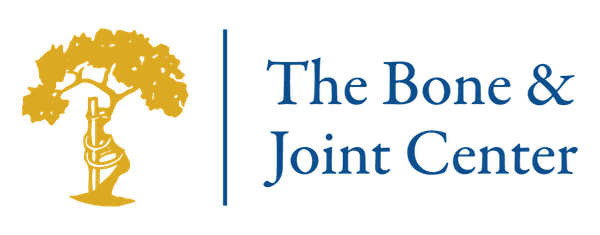Minimally Invasive Posterior Fusion Spine Surgery
Introduction
Anatomy
Causes
Symptoms
Treatment
First, the surgeon makes two small incisions on the back. Retractors are used to gently spread the muscles to access the spine. The lamina is removed. The surgeon inspects the nerve roots.
Next, the surgeon removes the disc from the spine. A bone graft and structural support cage are placed, followed by rod and screw insertion. The retractors are removed, and the incisions are closed.

Copyright © - iHealthSpot Interactive - www.iHealthSpot.com
This information is intended for educational and informational purposes only. It should not be used in place of an individual consultation or examination or replace the advice of your health care professional and should not be relied upon to determine diagnosis or course of treatment.
The iHealthSpot patient education library was written collaboratively by the iHealthSpot editorial team which includes Senior Medical Authors Dr. Mary Car-Blanchard, OTD/OTR/L and Valerie K. Clark, and the following editorial advisors: Steve Meadows, MD, Ernie F. Soto, DDS, Ronald J. Glatzer, MD, Jonathan Rosenberg, MD, Christopher M. Nolte, MD, David Applebaum, MD, Jonathan M. Tarrash, MD, and Paula Soto, RN/BSN. This content complies with the HONcode standard for trustworthy health information. The library commenced development on September 1, 2005 with the latest update/addition on February 16, 2022. For information on iHealthSpot’s other services including medical website design, visit www.iHealthSpot.com.

